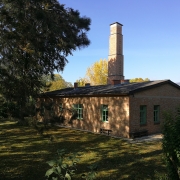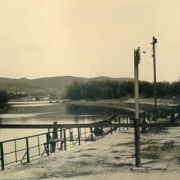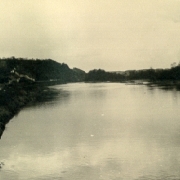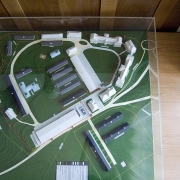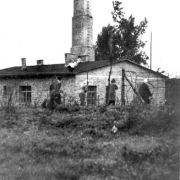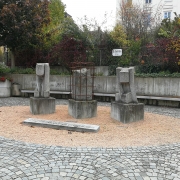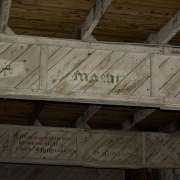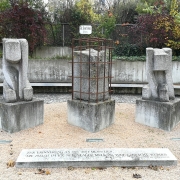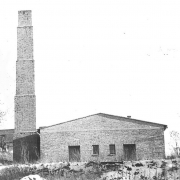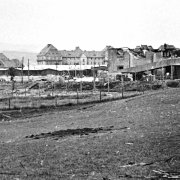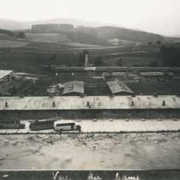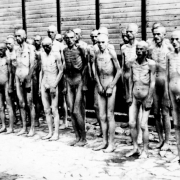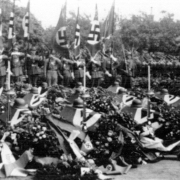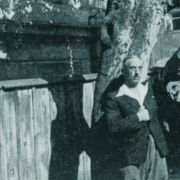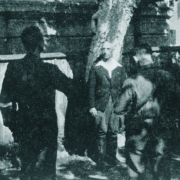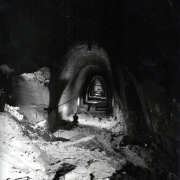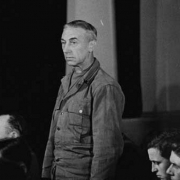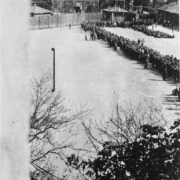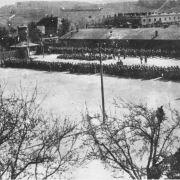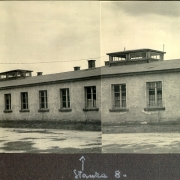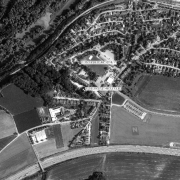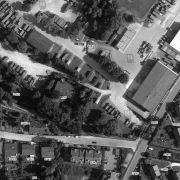Satellite Camp Melk
Gründung des Konzentrationslagers
Due to the increase in arms production in the Third Reich, Melk Subcamp, among others, was established on 20 April 1944. The following day, the first prisoners (500) arrived from Mauthausen Concentration Camp. The excavation of the tunnel system in Roggendorf, codename “Quarz”, and the establishment of the camp within the “Freiherr von Birago” military barracks in Melk had begun.
Lokalisierung
The camp was situated within the “Freiherr von Birago” military barracks on the outskirts of the city. The prisoners had to expand the military barracks by building additional ones. In January 1945, more than 10,000 people were penned up in only 18 barracks. For their work, the prisoners were herded across the city like cattle, to Melk break point (approx. 200m east of today's train station). From there, they were brought to Roggendorf by train, which was about 6 km away.
Informationen über die Häftlinge
In total, there were more than 14,390 prisoners detained at Melk Subcamp. About 30% of them were Jews, according to the categorisation. The largest groups of prisoners were people from Poland, Hungary, France, the Soviet Union, German, Italy, Greece, and Yugoslavia. The catastrophic conditions at the camp and during work claimed countless lives. More than 4,880 people died at Melk Subcamp. Due to the rising death toll and the high number of sick persons, new prisoners were constantly transferred to Melk. The highest number was reached in January 1945 and amounted to 10,314 men. In total, almost 5,000 prisoners lost their lives at Melk Subcamp; the highest death toll was recorded in late 1944 and early 1945.
Zwangsarbeit
The prisoners had to work on the establishment and expansion of the camp, and in the tunnel system in Roggendorf. They were also forced to work on building settlements, flood protection structures, water pipelines, laying cables, and log production. The tunnel system was used as an underground production facility for Steyr-Daimler-Puch AG. Operation in the tunnel system was organised in shifts - two at first, and three later - and working time was eight hours. In December 1944, the production of roller bearings was started in those tunnels that had already been completed. By mid-April 1945, two thirds of all tunnels were broken through, one third had been concreted, and 7,880m² were completed as production space.
Bewachung
Anton Streitwieser was the first camp commander at Melk Subcamp. He was, however, soon replaced by SS-Obersturmführer (Senior Assault Leader) Julius Ludolph, and was then moved to Schwechat Subcamp as camp leader. Most of the guards were members of the German Air Force; only a few were SS soldiers. The 400 Air Force soldiers were incorporated into the SS in autumn 1944. SS Medical orderly Gottlieb Muzikant murdered the seriously ill with heart injections. Streitwieser, Ludolph, and Muzikant (Köln Regional Court, US-Trial Dachau, and Fulda Regional Court respectively) were all sentenced for their serious crimes during the post-war trials. Dr Josef Sora, a camp physician who had been detailed by the Air Force, advocated for the prisoners.
Schließung
On 11 April, the evacuation went underway with transfers back to Mauthausen of 1,500 ill and young prisoners. Two days after, on 13 April 1945, 2,000 prisoners were moved to Ebensee Subcamp via train; a second group was brought to Linz in freight barges and had to walk to Ebensee from there. The last transport to Ebensee left Melk on 15 April. At least 30 prisoners who were unable to walk were murdered before departure.
Gedenken und Erinnern
The French Amicale de Mauthausen erected a memorial stone in 1949. In 1962, the Republic of Austria declared the former crematorium a public monument. An exhibition on the history of the subcamp has been open for visitors since 1992. In 2002, a monument was erected in the city centre, and a square was named after Dr Josef Sora. The annual memorial celebration is organised by the MERKwürdig [1] association in cooperation with the Mauthausen Committee Austria. The date can be found in the programme for commemoration and liberation ceremonies [2].

